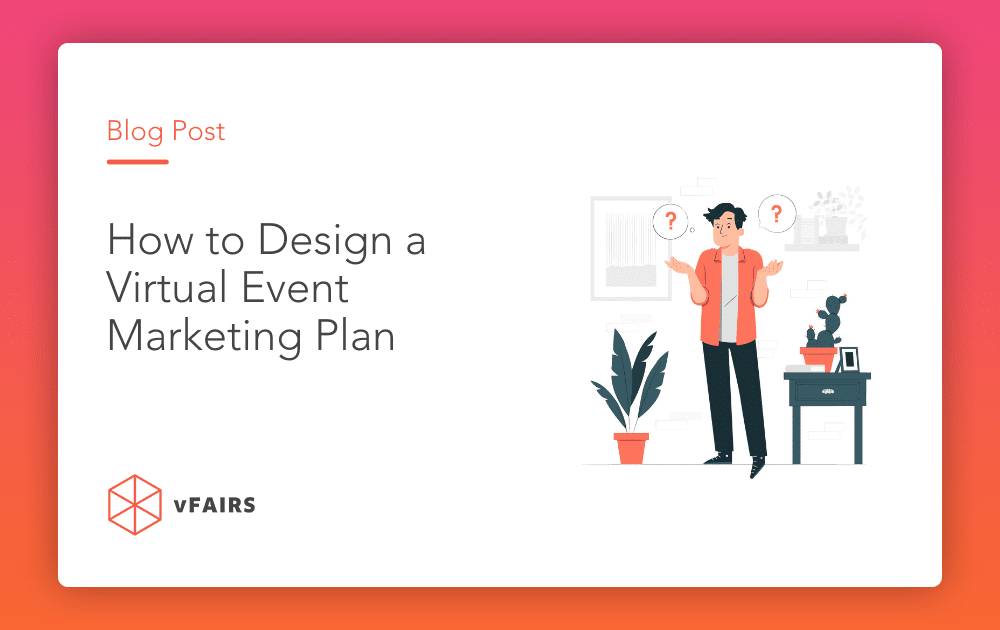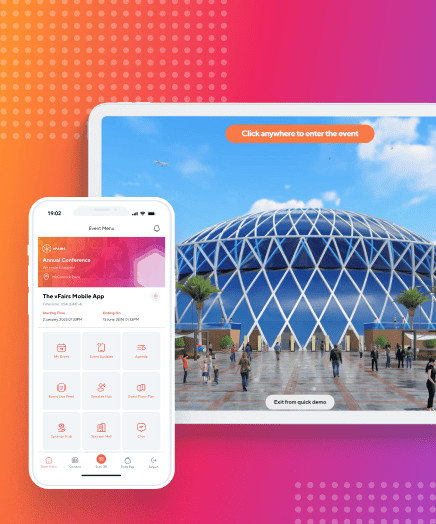Picture this: you’ve set up your virtual event with all the bells and whistles. You’re confident that anyone who attends is going to have fun and leave feeling glad they joined… and yet, no one’s registering. What happened? A virtual event that doesn’t nail its marketing doesn’t get an audience. After all, if your target audience doesn’t hear about the event, how will they attend it? Herein lies the importance of a virtual event marketing plan, and a template to guide you on how to promote a virtual event.
While many organizations do communicate about their virtual events, few implement a holistic plan backed by a cohesive virtual event strategy. This gap is where event planners fall short in their marketing efforts. If this resonates with you, fear not! We’re going to take you through everything you need to know about virtual event marketing.
What Is a Virtual Event Marketing Plan?
A virtual event marketing plan helps your event reach the right audience and the right attendance. You can use it as a checklist to prepare for launch as well as build event hype along the way.
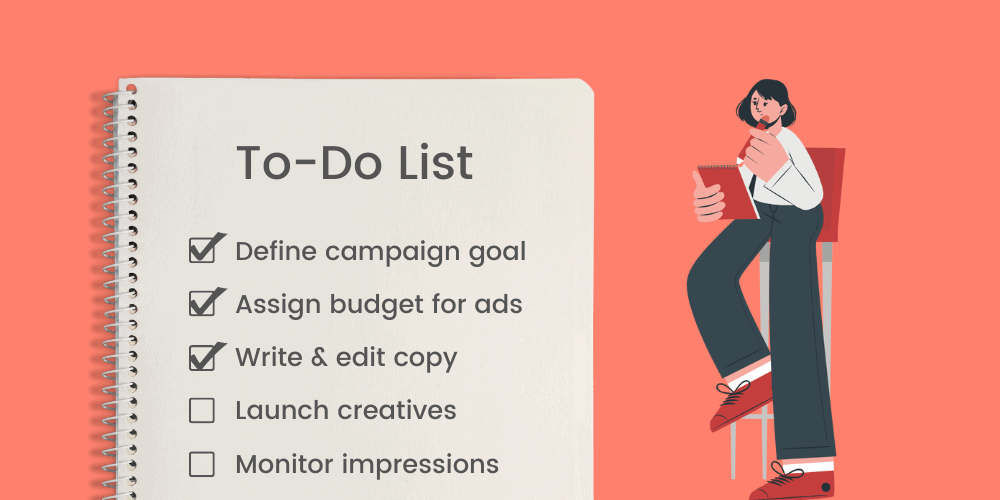
Such a document helps you to:
- Approach your marketing efforts in an organized and effective manner.
- Track all your tasks in one place, along with the people responsible for each.
- Keep all your stakeholders updated at all times.
- Show the value of the event to potential sponsors.
Why Create a Virtual Event Marketing Plan?
Not only does an event marketing plan keep you on track, but it also gives you virtual event marketing ideas and encourages you to think in new ways. Furthermore, you save a lot of time which you can then allocate to productive and creative tasks for the event.
Here are a few ways in which a virtual event marketing plan can be extremely useful.
1. Makes the Process More Efficient
A virtual event marketing plan template makes the process quite convenient. Instead of having to create new files and sheets for all your event marketing activities, you can just use a template to fill in and track your updates. This also makes it easier for you to focus on your targets.
2. Makes the Plan Easily Shareable
Online event marketing templates usually have user-friendly layouts that are helpful for virtual event strategy planning. It’s even better if they’re hosted online and easily shareable. In this way, all your stakeholders can understand the plan easily and know exactly what they’re supposed to do. This also helps your team as everyone can do their part with complete clarity in mind.
3. Makes Sure You Don’t Miss Anything
When you’re carrying out all the marketing planning from scratch, you’re bound to miss a few things. A carefully designed marketing template shows you everything you need so that doesn’t happen.
A template also acts like a checklist you and your team can refer to when needed. In this way, you can have everything you need in place, and not have to worry about forgetting things until the last minute. After all, with all the energy and resources you’re putting into an event, you don’t want your marketing to miss the mark.
Let’s dive into what a digital event marketing template like this will look like.
How Do You Write an Event Marketing Plan?

You can start with a tool as simple as a Google spreadsheet or use an online event marketing template. In the current climate, AI is all the rage and you can even use ChatGPT-powered marketing tools. It depends on the time you have and how well you understand the needs of your event. Let’s look at some important things to include.
1. Define Goals for Your Campaigns
Quantify as much of your marketing plan for virtual events as possible. Whether it’s budgeting details or audience goals, you need to work with numbers. These serve as benchmarks and let you gauge your success more conveniently.
For example, a university open day might require you to target high school students and/or undergrads. How many of these would see your marketing messages? And how many would register for the event? Such a marketing plan for virtual events will help you scale your marketing efforts.
Create Benchmarks Based on Past Events
The easiest way to establish goals for your event is to start with what you know. Use your registration numbers, attendance rates, and budget from similar events you’ve hosted in the past as a starting point to measure the success of your current event.
These benchmarks are perfect if you’ve already hosted virtual events. However, if this is your first virtual event, it’s important to note that you may spend less and gather higher registration rates than previous in-person events.
Take ReSound, for example. Approximately 10,000 attendees logged in to their first virtual event. Compared to this, only 300 people on average used to attend their in-person events. This helped them realize the true potential of virtual events.
Research Industry Standards
You may be able to find case studies and other research outlining numbers reported by your competitors or other companies in your industry. If you have no past events experience, this could be a good way to establish your own event goals.
However, be cautious when using this approach. You may only find information about highly successful events, rather than real results. Use these numbers as a gold star objective, with the caveat that you may not hit those same numbers on your first go.
2. Determine a Virtual Event Marketing Strategy
How are you going to achieve the goals you set for yourself? This is where hosts have a high potential of losing clarity and misstepping.
It’s important to understand that while posting on social media accounts might be useful, that’s not a holistic virtual event marketing strategy. Dig deep to understand how your messaging should be positioned and delivered to get the best response during digital event marketing.
Conduct Industry Research
Before you plan out any tactics, do some research to understand what the state of the industry is, and how your competitors are communicating to their audience. Then, use that intel to your advantage. What problems does the industry face that your event can help solve? Identify some gaps in the market that can be addressed through your event.
Likewise, do some competitive research. Are your competitors hosting virtual events? If so, how are they promoting them to their audiences?
If they’re not hosting virtual events, ask yourself why. Perhaps virtual events are a new concept for your audience, and you’ll need to plan for a lot of hand-holding. This is a key point that you’ll need to work into your virtual event marketing plan and messaging. More on this later.
Develop Messaging Based on Pain Points
Your main event goal is to solve an issue for your stakeholder(s). Though you likely have a good pulse on what those pain points are, talk to these stakeholders and internal reps. They’ll help you understand how they talk about these issues.
Using language that these stakeholders are using, and explaining clearly that you’ll be presenting a solution to this issue, is a highly effective way to drive interest.
Reach Your Customers Where They Are
You likely have some tried-and-tested channels that you use to regularly communicate with customers. Popular modes, of course, include email marketing strategies, social media, and landing pages. Have you ever really dug deep to see what people best respond to, though? Use this time to understand how you’ll get the highest response rate, and double down on those channels.
Now is also a good time to experiment with new channels, especially if you’re looking to reach a wide audience. Perhaps you’ve never tried out TikTok or video for B2B marketing before, but you know your demographic matches their primary user base. Or, maybe you’ve been afraid to try out referral marketing.
You can also get on the AI bandwagon and try incorporating recent trends for AI-powered marketing tools. They can make the job quicker and easier and might be worth trying for promoting any type of event.
Given how quickly digital marketing changes these days, you need to research channels that would be the most relevant to your audience.
Pro Tip: Some tools share the type of content or accounts your ideal audience is interacting with. One such audience research tool is Sparktoro.
Here’s a list of possible channels to add to your virtual event marketing plan:
- Facebook: B2C companies targeting millennials, Gen-X, and Boomers
- Facebook Groups: Niche communities – there’s a Facebook group for every interest, profession, and hobby out there.
- LinkedIn: Business professionals
- LinkedIn Groups: Business professionals with specific interests and niche communities
- Twitter: The general public interested in what’s trending
- Instagram: Millennials and Gen-Z
- Email: Your existing list of prospects
- Google Ads: Paid search for anyone looking up your keywords
- Company blog: Organic search
- Press releases: Publications
This could be your opportunity to see how incentivized your brand advocates are to share your event if they’re promised a discount code or prize. Get creative!
3. Design Email Marketing Campaigns
No matter what channels you target, email should be one of them given the consistently high ROI it delivers across industries and verticals. And it’s a great way to target your existing lists as they’re already interested in your brand and operations.
To plan these out, create an email marketing plan for virtual events. Define the following:
- Define the number of emails to be sent out. This will also include the number of reminders you’ll be sending out.
- Choose the lists you’ll target. Make sure they’re only your contacts and have opted to receive emails from you.
- Define the content for each email. Include the date and time in each of your communications, along with a registration link.
- Set the time for each of the email blasts.
- Define any A/B tests you’ll want to run.
- Track opens, registrations, and click-through rates.
Pro tip: You can integrate your email marketing platform with vFairs to get more in-depth information about your attendees’ journeys from their first impressions to the event’s wrap.
4. Design Visuals and Copy for Social Media Promotion
Create the marketing collateral for your social media posts. This will include both the captions for your posts and the visuals that accompany them during the virtual advertising of your event.
Design UTMs for each of the posts so you know which channels are driving the most engagement. This will also help optimize your virtual event promotional efforts.
It’s worthwhile to consider creating a unique event hashtag and using it in your virtual event promotional activities, including social posts. A catchy hashtag is not only great for branding, it’s also an easy way for you to do some social listening. Tracking your hashtag across platforms will help you see what audiences are saying leading up to, during, and even following the event. Live event marketing via socials is also a great way to keep the hype up while the event is happening and share insights with everyone following.
5. Set Up a Budget
This is one of the most important parts of your marketing plan for virtual events. Allot a dedicated budget for your marketing campaigns, and keep it separate from other event costs. Decide how this budget will be divided between various platforms, channels, and campaigns.
Some important aspects to consider for your virtual event marketing plan budget are:
- Outdoor media
- Commercial ads
- Paid landing page, registration or invite services**
- Paid advertising via Google, Bing
- Social media virtual advertising
- Production costs
**P.S. – vFairs offers these as free features in your virtual event package! Get in touch if you’d like to learn more.
6. Get All Partners on Board
If you’re partnering with other entities for your event, such as exhibitors for a trade show, you’d want to coordinate with them and collect marketing collateral from them.
You’d also want them to promote you from their marketing channels to create a ripple effect. Speakers and exhibitors can give your event a shout-out and let their audiences know that they’ll be making an appearance at the event.
7. Design Marketing Collateral Display at the Event
For your virtual events, you’ll need banners and standees to be placed at various locations. While you’ll get some of these from your partners, you need to promote your brand as well. After all, you are the organizer!
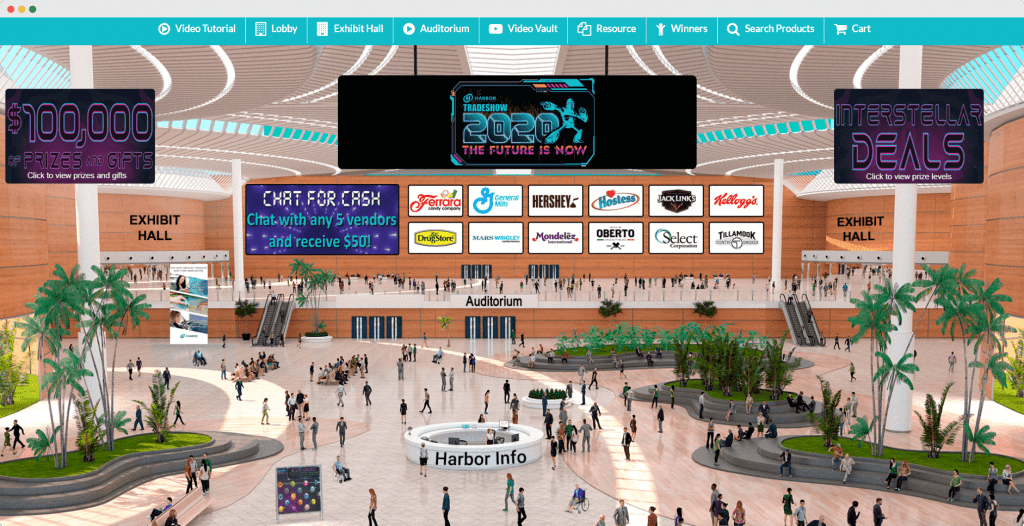
The welcome banner in the main lobby should prominently feature your brand and the conference. You’ll also want to place any logos or ads across the halls or booths depending on the design of your virtual space. You can also host event videos and PDF resources at your event.
Assign all these resources to your graphic and marketing team. Set a due date for them to be delivered in time for your event. Remember, you’ll also need time for revisions.
8. Set Your Timelines
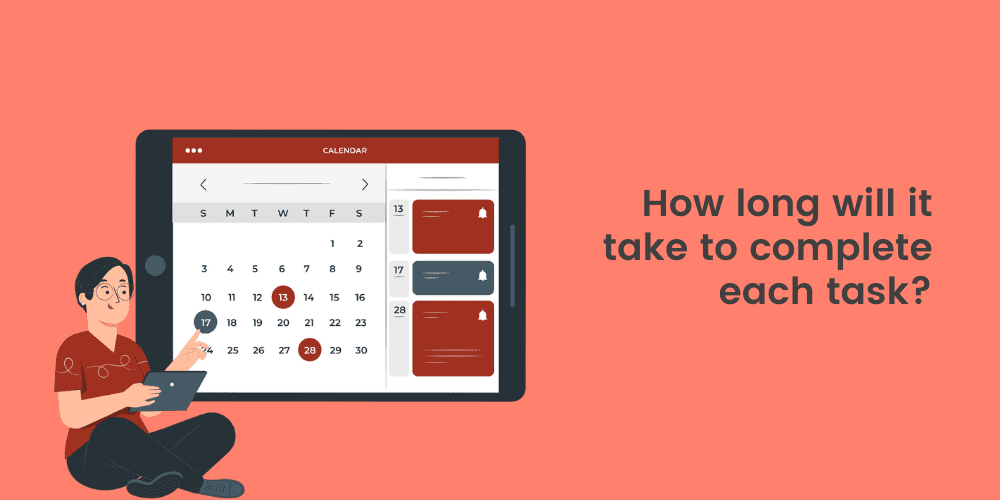
Include timelines for each phase line item in your virtual event marketing plan. It’s important to give yourself a ton of time to promote your event, possibly even up to a year in advance. Here are some recommended timelines for promoting your virtual events:
- 1 year – 6 months prior: Promote your sponsorship and exhibitor packages. This gives you and your partners long enough to ensure everything is properly set up and gives your partners a chance to promote your event to their audiences.
- 2-3 months prior: Promote with an early bird registration. Entice your brand loyalty with discounts, and get a gauge of how effective your communications are. Use questions and comments you receive from your early bird attendees to improve your marketing going forward.
- 6 weeks prior: Announce regular ticket sales. Here’s where you can start doubling down on your marketing efforts. Leverage every effective channel to maximize your reach and refine messaging to maximize your registrations.
Here is a detailed virtual event marketing plan template with timelines that you can use for your next event:
vFairs Virtual Event Marketing Plan Template
9. Implement Your Tactics
Notice how I didn’t even mention posting to Instagram, sending an email blast, or issuing a press release. That’s because tactics are the very last thing you want to think about within your virtual event marketing plan template.
Your tactics should be extremely clear by the time you get to this step. Merge your newfound knowledge of your audience, industry, competitors, messaging, and budget to form a checklist of actionable items.
For example, if your research reveals that you attract a lot of reach via Instagram Reels, use those to increase event visibility. Likewise, if you get a lot of engagement through emails, write crisp email copies and CTAs to drive your first wave of registrations.
Don’t forget to tie every tactic to a goal. Then, divvy up your human resources to conquer every aspect of your virtual event marketing plan.
10. Evaluate Your Performance
After your event concludes, it’s important to understand how your virtual event marketing efforts performed. It’s important to understand the big picture through a macro set and track how each of your tactics helped contribute to the goal they supported.
Macro Sets
Macro sets are what determine the success of your event as a whole. These metrics may seem obvious but they are still worth pointing out. Tracking these metrics allows you to understand whether your online event marketing efforts were successful in attracting a crowd to your event.
Let’s take a look at some examples:
- Registrations
- Attendance rates (i.e. how many people logged in to your event / how many registered)
- Sponsors & exhibitors onboarded (and, if possible, monetary gain from said partners)
- Feedback survey ratings
Macro feedback can also include qualitative inputs, such as anecdotes from attendees and exhibitors about their experience leading up to, and during the event. Don’t discount this feedback. Instead, use it to complement your metrics and paint a fuller picture of their experiences.
Tactical Metrics
If you want to understand how your marketing efforts performed, assign metrics to each of your tactics as part of your virtual event marketing plan template. It’s important to consider these metrics in the context of the goal they’re supporting.
Let’s take one of our examples from before. If you used Instagram Reels to get lots of attention for your event, you have to track how many views it gained you, and nothing else. Just because it didn’t drive registrations, does not mean it wasn’t effective. Why? Because that’s not what its goal was. If it did get you a lot of views, then it was successful.
If, for example, your email newsletter — which was meant to drive registrations — didn’t do what you’d planned, that’s a tactic you’ll need to reevaluate. You may want to rethink what actions people will take from an email newsletter, or you may want to remove it from your list of tactics altogether for the next event.
Conclusion
Many people don’t give their online event marketing this level of attention and therefore get stuck in a virtual event promotional cycle that’s not meant for them. It is essential that you take the time to evaluate and debrief on your plan, use the right templates to keep track and check the performance, and test various options to go for the best ones. Check out our detailed virtual event marketing guide for more tips and tricks.

